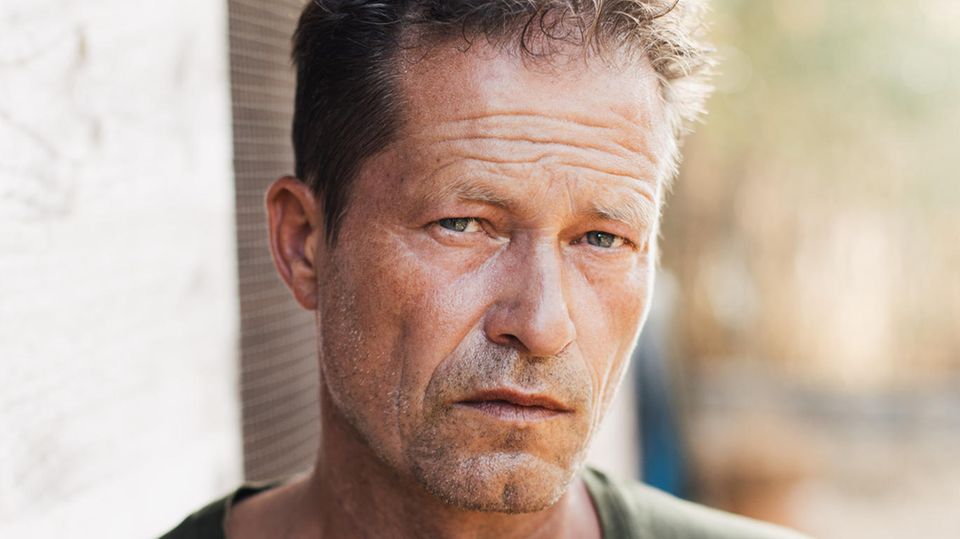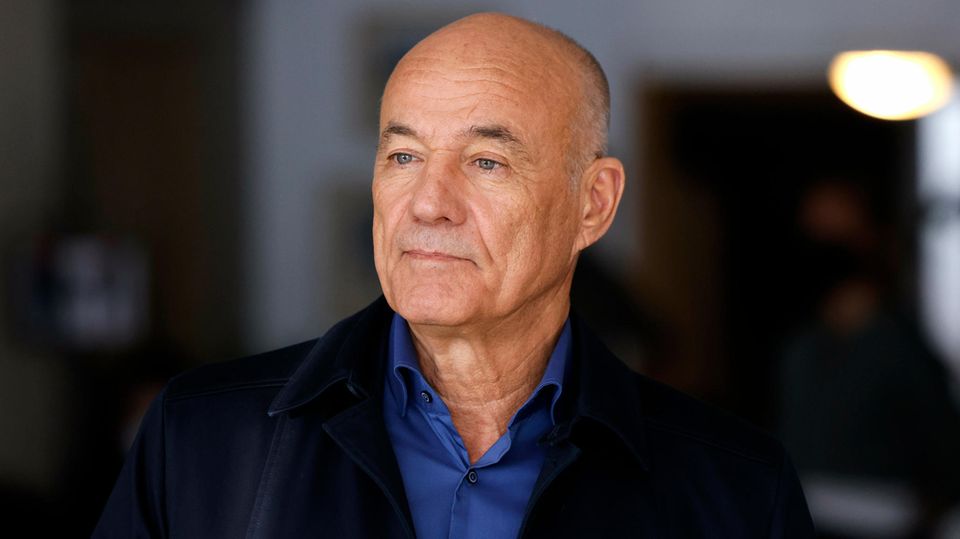interview
Filming
Trade unionists about derailments on the film set: “There hasn’t been alcohol on the catering van for a long time”
A glass of wine straight after filming is no longer allowed on most film sets
© Alvarez/Getty Images
Long days, lavish parties: artists are often assumed to be particularly close to alcohol. But is that true? Trade unionist Matthias von Fintel on clichés and real grievances.
Mr. von Fintel, the list of artists who have an alcohol problem is long. Director and actor Til Schweiger recently spoke in Stern about to have started therapy after an alcohol crash. Is alcohol being abused on a large scale in the German film industry?
In my view, this is a declining problem and not as serious as it might seem at the moment. I think there’s a cliché there too. There is a misconception about working on a film set.
You mean the lavish premiere celebrations.
Or the mountain festival, when half of the filming is completed, as a recognition of the achievements of those involved. But even here, alcohol is much less important than in the past. This may have been common practice in the past, but I now consider it a legend. There hasn’t been any alcohol at the catering truck for a long time.
Let’s put the cliché aside for a moment. How do you assess the situation?
I don’t want to rule out the possibility that there are addicts who are difficult to recognize. There are often short-term engagements in the film industry, so something like that might get lost. These are all people who only work together for a few weeks or sometimes months. But from all the professions – from production driver to set designer, assistant director, actor and camera – I don’t know of this as a serious problem. Filmmaking is a highly concentrated, technical and strenuous process. The shooting days are consecutive. You have to imagine it like in industry: Cogs mesh together. Failures and failures caused by addictive substances are immediately noticeable.
Hectic pace, irregularity, a lot of pressure. However, such working conditions are certainly addictive.
Stress can certainly contribute to drinking alcohol after work. But on the day of filming? The lighting technicians work with electricity, there are hanging loads, which is risky. That’s why alcohol in the workplace is viewed so cautiously. The professional production process of a cinema film does not allow this at all. The wheels have to mesh – and people actually look out for each other. The Schweiger case shows that there is a zero-tolerance policy that works well. A production employee wanted to prohibit him from filming on the day. That’s how it works on sets. But there are still grievances.
Which?
We often visit the set and check out the conditions. Substances have not been an issue so far: it is more about working hours that are too long or non-compliance with occupational safety regulations. To avoid rest periods not being observed between filming days, for example. For many in the film industry, it’s about being able to work healthily – and not burning out in a creative high.
How often is abuse of power linked to addictive substances?
I don’t think they have much to do with each other. But abuse of power is a serious and common problem. We often come across this in consultation. It is time for the current debate to highlight the power structures in the film industry. We have to work on this, industry-wide. That’s why there are currently discussions with film academies, broadcasters and streamers in which we want to set fairer rules for better interaction with each other.
Namely?
It is important to determine which rules, i.e. compliance rules, are used. We have to talk about it again and again: What are no-gos? There must be an opportunity to report violations. Where can grievances be raised with neutral contacts? And there has to be an evaluation afterwards, after the shoot, so that adjustments can be made. But rules alone don’t help. ARD has rules, Netflix has them. Constantin Film also had rules. The problem wasn’t that they didn’t exist – but that they weren’t adhered to. And people were put in unacceptable situations.
Where do occupational safety and the creative process collide?
There is now a much greater awareness that an invasion of privacy is taking place. You negotiate “checks and balances,” so take a closer look. And it is made clear that attacks are attacks – and not part of a particularly creative process.
Do you have an example?
We are currently negotiating the so-called intimacy coordinators. In the past, film scenes that were physical or emotionally serious were shot without emotional accompaniment. That wasn’t good for the actors and also for the film team. There have been authoritarian decisions in the past. According to the motto: Don’t act like that! This is how we rotate it now. But it is important to work out with those involved what is good and permissible? How do I want to show myself? Where are limits set?




